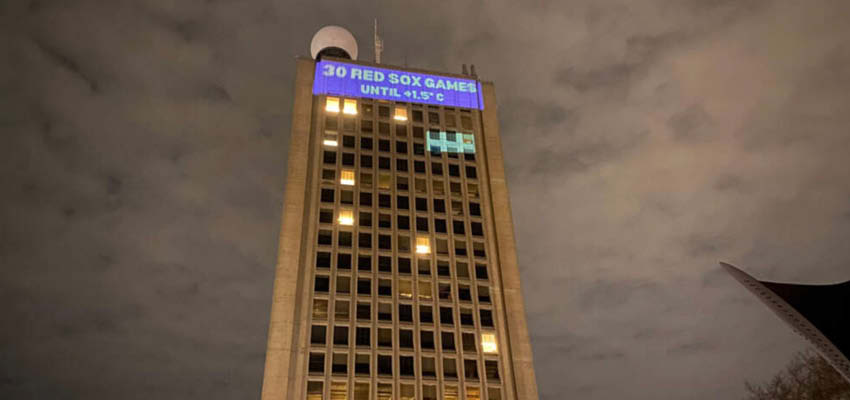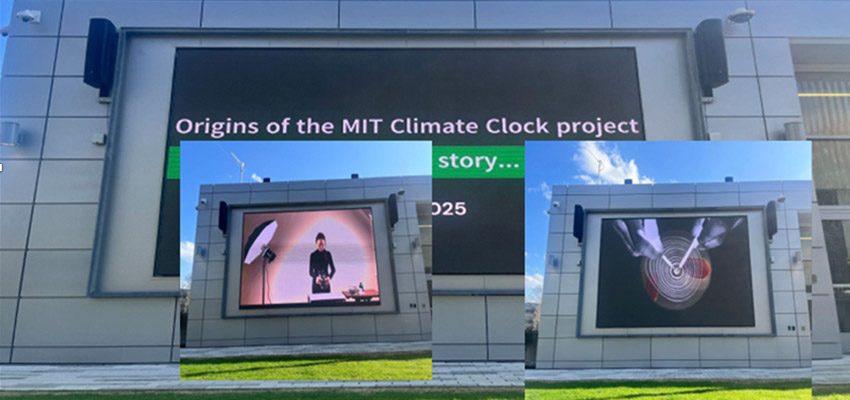
The MIT Climate Clock and Earth Week Climate Messaging – 2025 is a project to communicate issues related to climate change and planetary health to the public.
MIT D-Lab class
D-Lab: Climate Change & Planetary Health (EC.719/EC.789) Spring 2025
Community partner
MIT Open Space Programming, Jessie Smith, with permission from Brent Ryan, Vice Provost
Country
United States
Team Members
- Cadine Navarro, MIT D-Lab: Cadine Navarro (SM DUSP MIT) has a multidisciplinary practice informed by her life spent in seven countries across three continents, that cross-pollinates the fields of art, science and design to create spaces of encounter and direct experience. The arc of her research-based practice explores models to catalyze a shift in consciousness and includes community outreach and educational programs within the field of urbanism, to serve as an act of reciprocity and response for planetary care.
- Neady Oduor, Harvard GSD & MIT D-Lab: Neady Oduor is a Kenyan Architect and community organizer, currently enrolled in the Master’s in Design Studies (Publics) program at the Harvard Graduate School of Design. She has worked in Nairobi in advocacy for climate justice and is part of the Africa Climate Justice Movement convened by the Global Fund for Women, advocating for the integration of native and indigenous knowledge into climate adaptation.
- Li Xuan Tan- MIT D-Lab
- Jillian James- MIT Climate Clock, MIT alum.
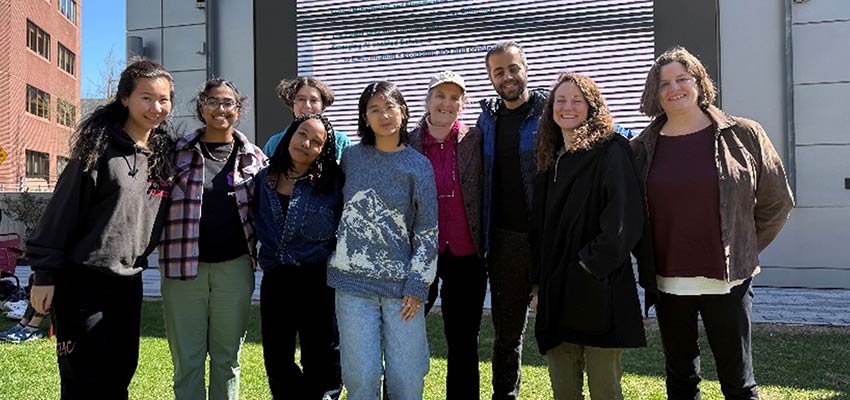
Project description
Problem framing: Due to a great imbalance primarily put in place through anthropogenic practices, the Earth’s climate has been altered, and temperatures have been rising steadily again since 2023, and this is expected to rise further. How do we communicate the urgency of rising temperatures effectively and call for action? What symbolic and literal strategy could we deploy to relay our messages to a wider public?
Cultural and/or market context: The messages would be relayed at MIT, in Cambridge, Massachusetts, at the MIT open space. The space attracts students and professionals working in and around the Kendall area.
Competitive analysis: Currently, only MIT and Harvard have had climate clocks in the Cambridge area. Other climate clocks have been shown in major cities. Climate communication messaging is also dominated by the neighboring institutions. There is potential to create messaging that is far-reaching in the Cambridge area.
Solution including technical details: Creating messaging that shows the impact of increasing global temperature to raise awareness through:
- Programming on the big screen at MIT Open Space. This includes videos of science messaging and research projects in climate change and planetary health.
- Programming showcasing various forms of planetary health by way of music and sound and showcasing various creators.
- Have an interaction with the video content. This could be in the form of a “circle” discussion about climate change and planetary health on the lawn, and invite various people and professionals working in the area to have an informal conversation that could be recorded. Weather-dependent options could include the use of nearby indoor spaces.
- Climate Clock backpacks with updated messaging calling for action to be worn by students around MIT and Harvard campuses. Advertising should make people aware that this was happening and interactive social media could make this more popular.
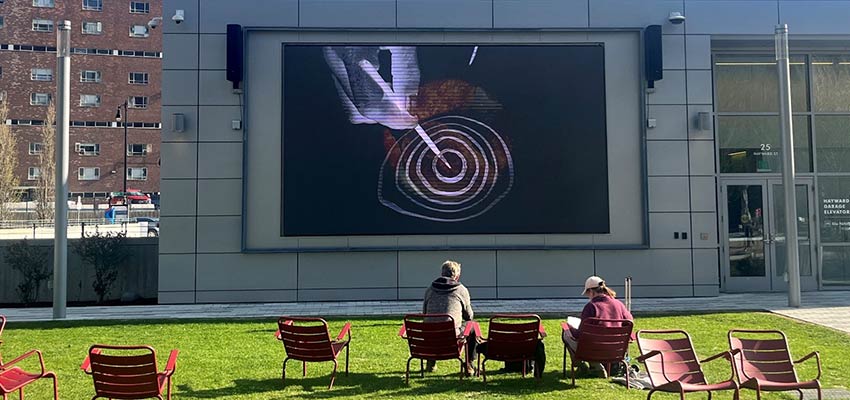
Hand-off to partner, next steps
- Exploring various ways, the climate clock can be represented and utilize spaces at MIT and Harvard that could be used to communicate the general message. The open space has the potential to communicate to many people with proper messaging.
- Exploring various creative forms of expressing climate messaging, e.g, videos, narratives, and discussions held with different people from different sectors to discuss climate change and planetary health.
- Diversifying climate messaging to include other populations, e.g., Children and locals not affiliated to the colleges, would interact differently with Science Climate messaging if it were framed differently.
- Co-create narratives and storytelling to include more people in climate messaging.
- Set the platform early for this: while deciding on the content for the clock, the community should be repeatedly informed that this is happening. Perhaps there could be an open call from the community to see who would like to be involved.
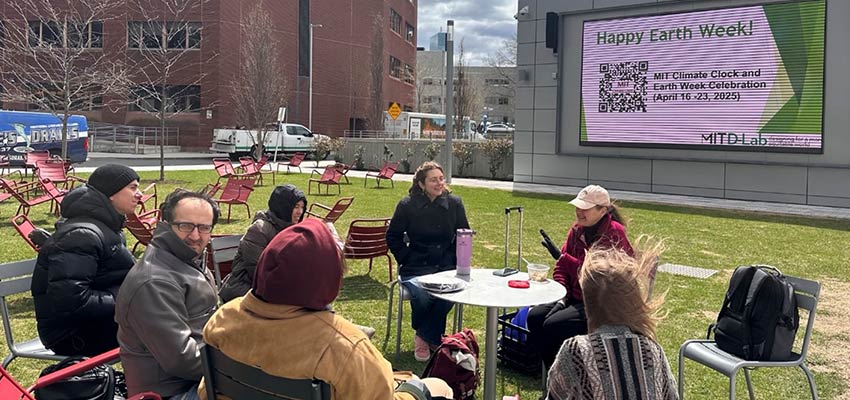
Contact
Cadine Navarro, student team member
Neady Oduor, student team member


